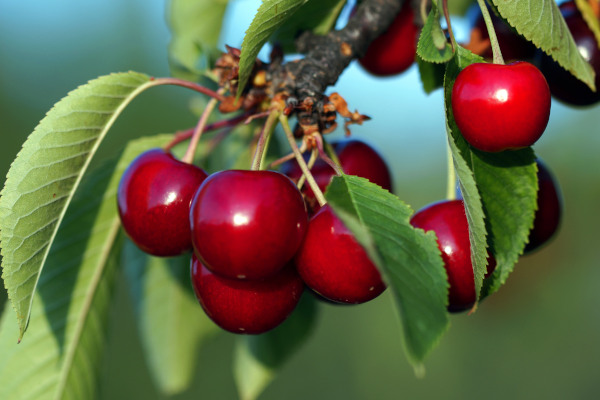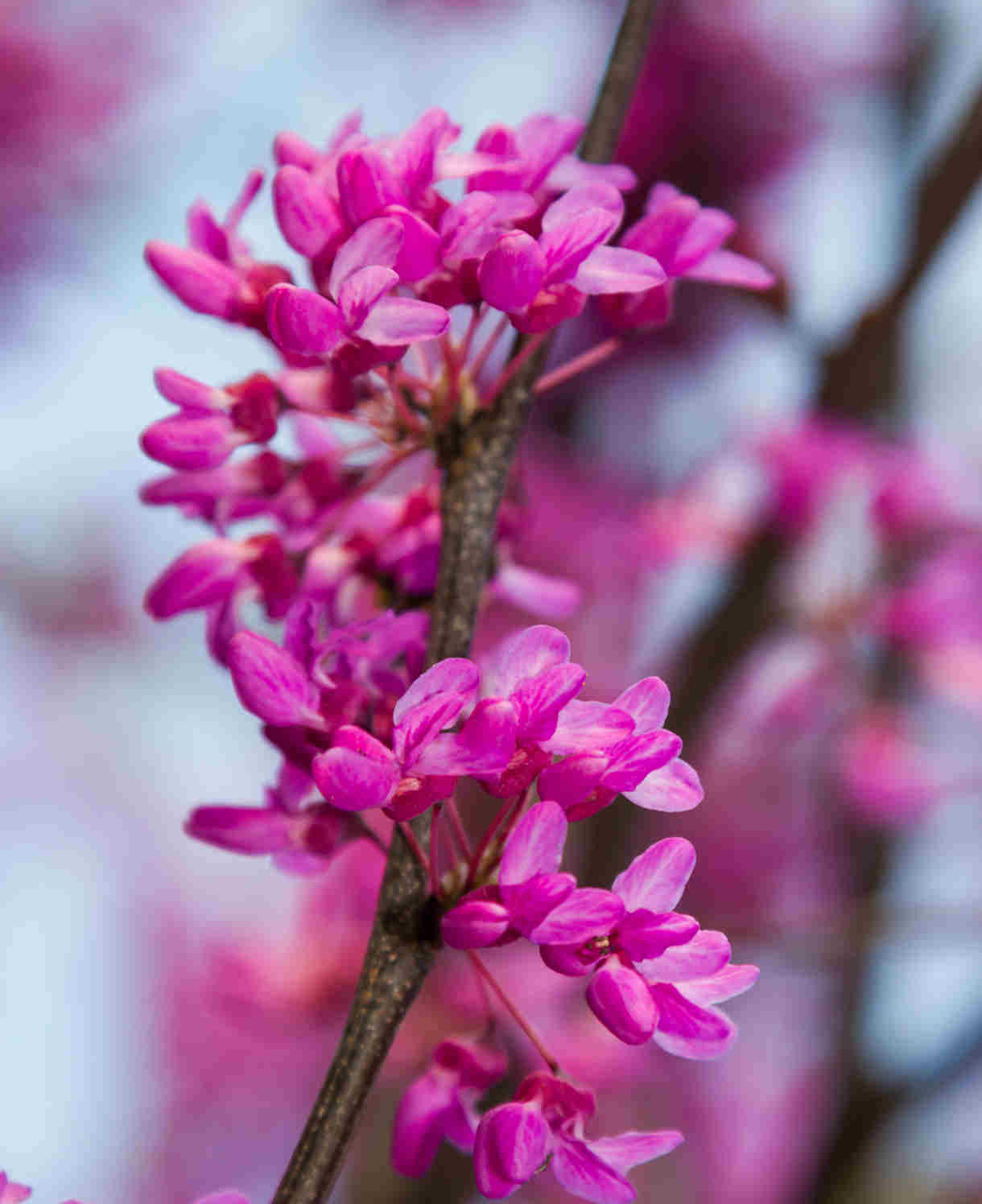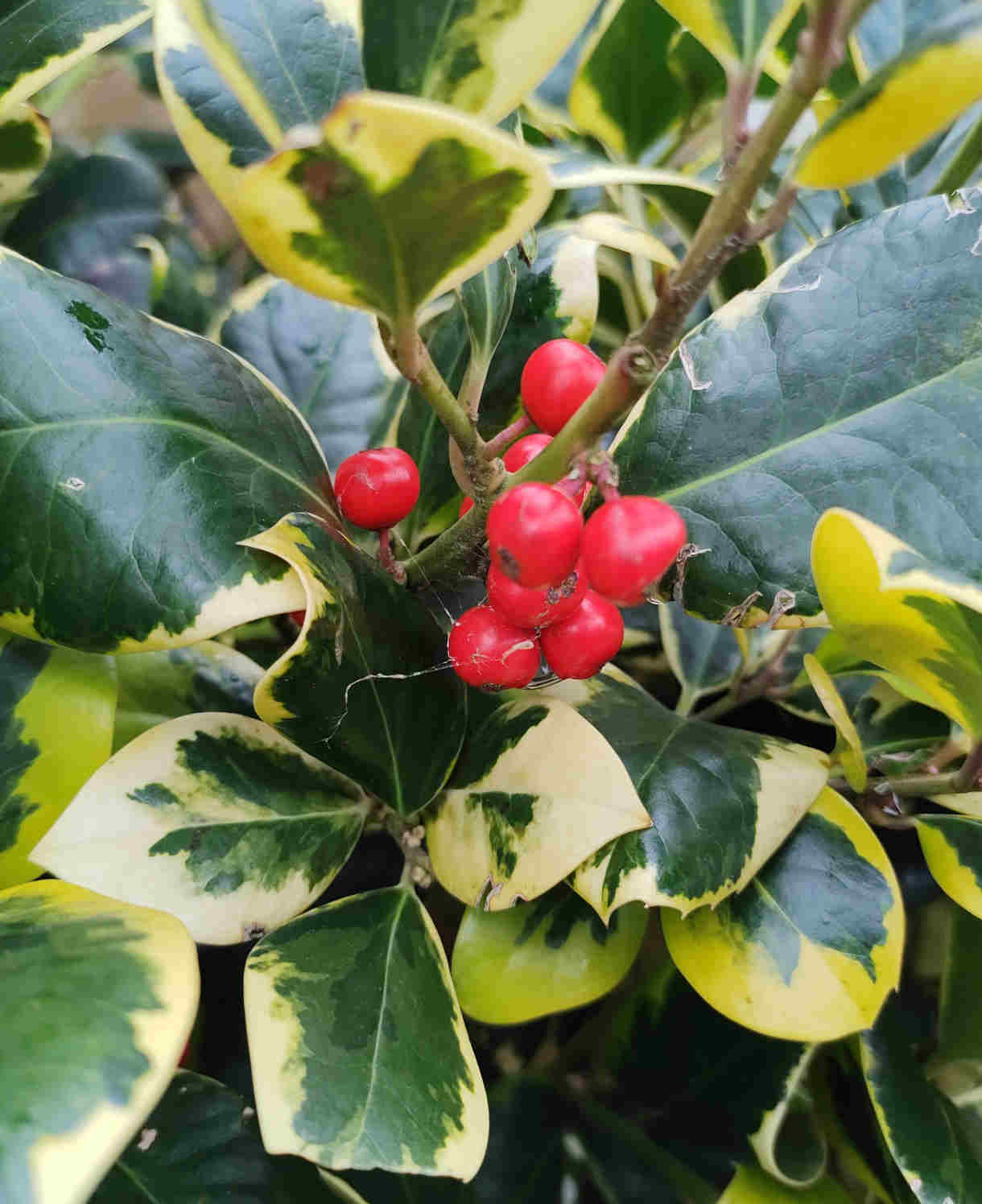How to grow Prunus (cherry and plum)
Prunus is a vast genus containing over 200 species of deciduous or evergreen trees and shrubs, widely distributed throughout the world in a variety of habitats. Amongst many others, these include blackthorn, plum, nectarine, almond, peach, apricot, and cherry, as well as evergreen laurel.
This growing guide will focus on the needs of cherry and plum species, both edible and ornamental. These can be trees or shrubs, and are deciduous.

Zantedeschia is a genus of flowering plants from the family Araceae and is native to southern Africa. With a rich history dating back to the Ancient Romans, these deciduous or semi-evergreen perennials have been used as a symbol of celebration. Zantedeschia was Named after Professor Giovanni Zantedeschia, an Italian botanist.
There are two main forms of Zantedeschia: hardy and tender. Hardy forms of the plant can be grown outdoors, enjoy moist soil and full sun or partially shaded conditions - these are known as Arum lilies. Tender forms of Zantedeschia prefer being grown in containers or pots and should be brought inside over the winter - these are known as Calla lilies.
With tuberous flora in all colours from whites, yellows and oranges to deep reds and purples, Zantedeschias are not to be overlooked in any garden, as long as they have sufficient sunlight to grow in.
Ready to learn more about growing Zantedeschia? Read on for all there is to know...

Key Information
Soil pH
Position
Hardiness


Where & when to plant Prunus
Position - full sun
Soil - moist and well-drained
Flowering Period - largely spring, though autumn/ winter flowering cherries are available.
Hardiness - hardy
For best results, plant pot-grown prunus in autumn or spring. An autumn planting can be done by those gardening in mild conditions (and broadly speaking, this is the southern half of the UK). For those liable to very cold winters, it is best to wait until spring (generally the northern half of the UK). Planting can also be carried out in summer, though be prepared to water regularly.
The range of prunus offered by Hayloft vary considerably in size and intended use, from dwarf, patio edibles suitable for a container; to small trees and shrubs ideal for borders and smaller spaces; to more statuesque trees, perfect for medium gardens and street planting or for growing as a hedge.
Though their appearance and role in the garden may differ, these prunus all share the same easy-going nature and will happily grow in any moist, well-draining soil in a sunny spot. Avoid the extremes of waterlogged soil and very dry, shallow, chalky soil. A good tolerance for air pollution make prunus a suitable choice for urban situations.
How to plant Prunus (cherry and plum types)
- Clear the chosen area of weeds.
- Dig a planting hole several times larger than the root ball. Now is the time to dig in plenty of well-rotted organic matter, and, if you are gardening on heavy, clay soil, a generous amount of horticultural grit.
- Place the plant in the hole, ensuring the top of the root ball sits level with the surface of the soil. Too low and the plant may rot, too high and the roots can dry out.
- Backfill with soil and firm in gently.
- Soak well with water.
- Mulch around the base with well-rotted organic matter.
In a container
- Choose large, deep pot, ensuring there are plenty of drainage holes.
- It can be worth potting up large containers in situ to save yourself the trouble of moving once full.
- Use a good quality potting compost with plenty of horticultural grit mixed in, and, if not already present in the compost (check the description on the bag) some slow-release plant food.
- Start by partially filling the pot with compost; enough so that when placed on it the upper surface of the root ball is about 3cm lower than the top of the pot.
- Infill all the space surrounding the root ball with compost, firming down with your fingers then adding a little more so the plant is held tight.
- Pick up the pot (if you can!) and lightly tap on the potting bench or ground a few times to help further settle the compost around the plant.
- Soak well with water.
- A mulch with horticultural grit will look attractive and help to prevent a ‘cap’ or crust forming on the top of the compost (something container plants can suffer due to the artificial nature of their watering).

What to plant with Prunus
Patio edibles (e.g., Prunus japonica 'Black Amber' and Prunus avium ‘Sylvia’)
These dwarf cultivars can be grown in conjunction with other fruit and vegetables bred especially for container growing. Our Plentiful Patio Fruits Collection, Patio Salad Collection, Mini Patio Fruit Orchard Collection, and Blackberry ‘Dwarf Purple Opal’ will transform your balcony or patio into a kitchen garden bursting with produce.
Small, ornamental cherry trees (e.g., Prunus incisa 'Kojo No Mai') and shrubs (e.g., Prunus nipponica kurilensis 'Brilliant')
These spring flowering beauties can be used as focal points in a mixed border, members of a shrub border, or as standalone features in a lawn. Whatever the situation, you cannot beat seeing their blossom complemented by a delicate underplanting of spring bulbs. Keep it subtle with a blue and white colour scheme such as bluebell, muscari, and a pure white narcissus. Heaven!
Medium, ornamental trees (e.g., Prunus cerasifera ‘Nigra’)
Even an average-sized garden can support more trees than perhaps is realised, and in fact planting these is increasingly recommended as one of the best things an individual can do to tackle climate change and its effects. A varied mix of similarly sized trees will add wildlife value, prevent soil erosion and water runoff, use fewer resources than herbaceous planting, and provide much needed shade in our increasingly hot summers. Think cercis, magnolia, gingko, parrotia to name but a few.
This type of prunus can also be grown as a flowering hedge. Why not mix with beech and holly for an attractive and wildlife-friendly hedgerow?



How to care for Prunus
Pruning and Deadheading
These types of prunus are best left unpruned, apart from the annual removal of dead, diseased, damaged, or crossing branches. This is best done after flowering in spring, or – in areas where silverleaf is a problem (more on this below in Pests and Diseases) – midsummer.
If you are growing deciduous prunus as a hedge, trim after flowering in early summer (taking care to check for nesting birds first, and only trimming where there are none present).
Watering
Water well until established, after which these trees and shrubs tend to be relatively self-sufficient.
Container-grown prunus will need to be watered freely throughout the growing season.
Cold Protection
These types of prunus are very hardy and can withstand UK winters without the need for additional protection.
Like all plants, those grown in a container can be more susceptible to the cold. If you are expecting a very cold snap, it can be worth wrapping your containers with fleece or hessian to give the roots a little extra insulation. Or, if an option, move them temporarily into an unheated greenhouse, conservatory, or porch.
Pests and Diseases
Prunus can be susceptible to silver leaf, a fungal disease which enters a plants’ system usually through wounds caused by pruning. It can be identified by a silver sheen appearing on leaves, before affected branches die back.
If you know this to be present in your area, delay any pruning until midsummer, when the (cold and moisture-loving) spores are less present. Painting wounds with a protective sealant can also help.
How to propagate Prunus
Prunus can be propagated by cuttings taken during early summer.
- Find non-flowered shoots 5-10cm long and snip off the plant.
- Put them in a plastic bag straight away to prevent drying out.
- Fill a container with a compost mix which is at least 50% perlite (or if you prefer, as we do, 100% perlite).
- Trim the end of the cutting to just below a node (point at which leaves grow).
- Remove the lowest third of leaves.
- If the remaining leaves are large, cut them in half with a sharp knife (to reduce water lost through transpiration).
- Insert the cuttings into the compost and water lightly. Several cuttings can be put in the same container if there is enough space to do this without them touching.
- Place in a greenhouse or propagating unit if you have one or covered with a plastic bag on a windowsill if not (out of direct sunlight).
- Keep the cuttings misted and occasionally watered until they root. You will know this has happened when roots emerge out of the bottom of the container.
- Gently remove rooted cuttings and pot them into individual pots. Grow on in a cool yet frost-free environment such as an unheated conservatory, greenhouse, or cold frame, until they are large enough to be planted out.
Common Prunus questions
How long does a prunus take to grow?
This very much depends on its eventual size. The dwarf, patio cultivars will reach full size in approximately five years; the small trees and shrubs around ten years; and the taller trees twenty years or more.
Can you grow prunus in pots?
In theory you can grow most things in a container, providing it is appropriately sized and you are prepared to feed and water regularly. That said, the smaller, more compact species and cultivars are clearly more suitable for this treatment than their larger counterparts.
Does prunus grow in shade?
These types of prunus prefer an open, sunny position, though will tolerate a little light shade. For dense shade we recommend evergreen prunus species (laurel).





